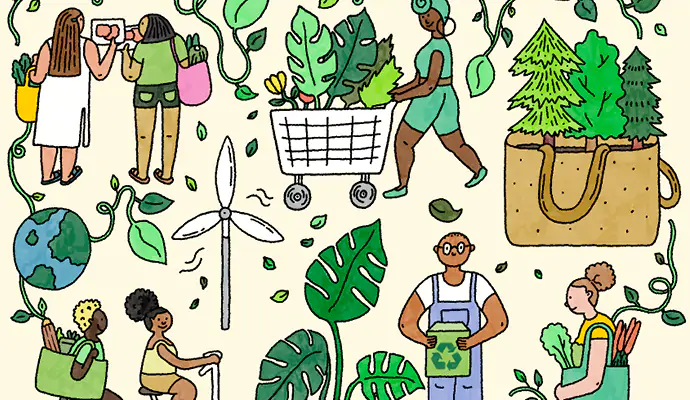
Reducing plastic use often starts with the obvious: ditching straws, reusable bags, and plastic water bottles. But for those deeply committed to plastic-free living, the journey extends far beyond these initial steps. A closer look at real-life experiences reveals a surprising array of everyday products people have chosen to stop buying—or now buy much less of—because of excessive plastic packaging.
These personal shifts highlight how deeply plastic is embedded in our daily lives, and how intentional choices can significantly reduce waste. Here are some of the most unexpected changes people have made in their pursuit of a more sustainable lifestyle.
Packaged Snacks and Convenience Foods
Many individuals report cutting back on packaged snacks, especially those individually wrapped in plastic—granola bars, chips, and candies top the list. Instead, they’ve shifted toward bulk purchases, homemade versions, or simply doing without. This change not only reduces plastic waste but often leads to healthier eating habits.
Similarly, pre-cut fruits, salad mixes, and frozen vegetables are frequently avoided. While convenient, these items are typically encased in plastic. Replacing them with whole produce or farmers market alternatives reduces waste and supports local agriculture.
Toiletries and Personal Care Products
Toiletries are a major source of hidden plastic. Users have replaced bottled shampoo and conditioner with bar alternatives, and single-use razors with safety razors made of metal. Toothpaste tubes are being swapped for toothpaste tablets or powders that come in glass or compostable containers. Even deodorant and lotion now come in plastic-free packaging, with some choosing to make their own.
Feminine hygiene products are another area where change has occurred. Many have adopted reusable options such as menstrual cups, cloth pads, or period underwear, all of which reduce reliance on plastic-heavy disposables.
Clothing and Fast Fashion
The plastic content in clothing—especially synthetic fabrics like polyester—has prompted some to rethink their shopping habits. Instead of buying new fast-fashion items wrapped in plastic and made with synthetic fibers, many now opt for second-hand or natural-fiber clothing. This not only cuts down on packaging but also on microplastics that shed during laundry cycles.
Cleaning Supplies and Household Products
Cleaning products are another target for plastic reduction. Refillable cleaning solutions, DIY recipes using vinegar and baking soda, and solid dish soaps are increasingly common substitutes for traditional plastic-packaged items. Laundry detergent is being replaced with concentrated sheets, powders in cardboard boxes, or refill stations at zero-waste stores.
Sponges and dish brushes are being replaced by compostable alternatives made from wood, coconut husk, or loofah, all of which break down naturally at the end of their life.
Beverages and Bottled Water
Bottled water is often among the first items eliminated. Reusable water bottles and at-home filtration systems have become staples. Likewise, many have cut down on soda and other bottled drinks, choosing to make their own sparkling water or flavored drinks using syrups or fruits at home.
Miscellaneous but Impactful Changes
Some of the more unexpected changes include avoiding pre-packaged bread (instead opting for bakery items wrapped in paper), skipping plastic-wrapped flowers, and saying no to promotional giveaways that usually involve cheap plastic items.
Even pets aren’t excluded—pet food in plastic packaging is being traded for bulk or canned alternatives, and plastic toys are swapped out for more durable or biodegradable options.
A Broader Shift in Perspective
What’s striking about these changes is that they’re not just about reducing plastic; they reflect a larger mindset shift. Many individuals find themselves questioning the necessity of products they once considered essential. There’s a growing appreciation for minimalism, self-reliance, and slower living.
While not every swap is easy or immediately accessible, the cumulative impact of these changes can be substantial. The key lies in staying flexible and finding alternatives that suit one’s lifestyle, without striving for perfection.
